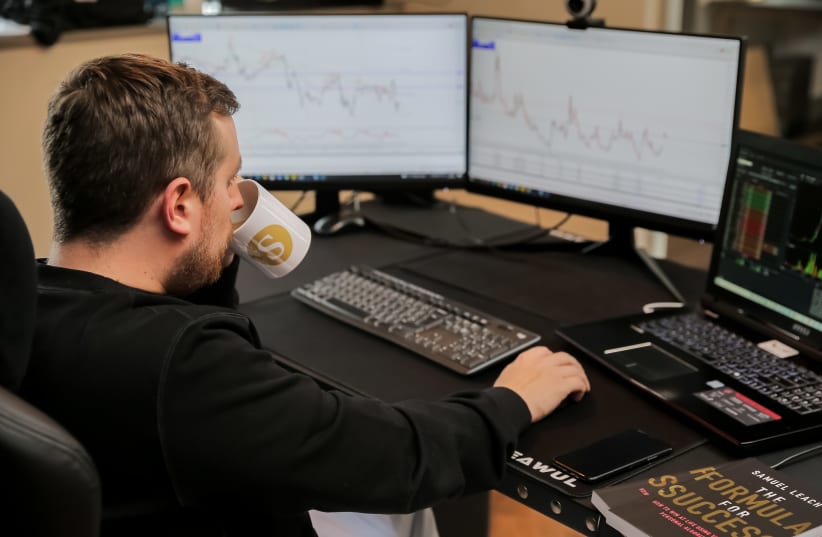Israeli Investment Firm turns towards Samuel and Co Trading and the UK known algorithmic trader Samuel Leach with an unsolicited bid to purchase his latest algorithm. In early January Leach can be seen via his Instagram to be trading the Cboe Volatility Index or in short called the VIX.
It is no surprise that investment firms and hedge funds are now watching Leach’s market activity closely after he sold his last algorithm to an undisclosed European investment firm for a hefty seven figure sum. Leach is becoming known for his tech developments within the financial markets and he isn’t afraid to publicly share what he’s doing, most notably purchasing £100,000 in value of Boohoo the fast fashion company, which soon became headline news.
Talking to an individual close to the talks at the Israeli Investment firm who asked not to be identified discussing confidential information stated “It goes without saying as the market is becoming more volatile over the coming decade, we expect to see the markets be more volatile and do not see these sharp market swings ending anytime soon. With interest rates on the horizon, Ukraine-Russia crisis, rising energy and oil prices just to name a few, this is the perfect algorithm for our firm to benefit from.”
With Leach’s expertise in trading and also developing these high yielding algorithms, it is attracting a lot of institutional interest and even more so now with the extreme financial turbulence we are seeing with the central bank set to reverse course amid surging inflation, the effects can be seen playing out again across stocks, bonds and commodities.
I reached out to Leach, and he had this to say “Trading the VIX, also known as the fear gauge, is exciting as it is directly capturing market fear, it is compiled based on how much traders are willing to pay for options on the S&P 500 Index. Options are contracts that give the holder the right, not the obligation, to buy securities at set prices by a set date when the underlying asset reaches set levels; traders often use options and other derivatives as insurance policies against market fluctuations or to bet on the moves themselves. The higher the price of the option, the bigger the fixed cost, and therefore the larger the move needed to generate a return that will make it pay off. So, option prices reflect the size of the swings and the volatility traders expect. My algorithm is predicting these swing points in the market, and it is doing so on a very frequent basis. As for the unsolicited bid I do not have any comments as of now.”
A 2018 paper estimated the invisible hands of volatility-sensitive investors controlled more than $1.5 trillion. They include hedge funds, mutual-fund managers, risk-parity funds, banks, dealers and market makers, according to JPMorgan Chase & Co. Assets in volatility-contingent strategies swelled in the aftermath of the global financial crisis, aided by an extended lull in market swings and an implicit central-bank, or promise to put a floor under markets during the turmoil.
As long as market swings remain under control, these players continue to buy. But when a volatility shock arrives, they start to sell, and the higher their positioning, the faster they unload. The problem comes because dealers and market makers, those tasked with absorbing these flows also react to changes in volatility. When it’s high, these intermediaries widen bid-ask spreads to reduce their risk. This self-reinforcing cycle what some in the market call a doom loop could help explain the link between the seemingly indiscriminate selling, the shallow liquidity and the violent shudders that rocked assets as pandemic fears spread in early 2020, extending well beyond the stock market.
Markets could be vulnerable to a “correlated asset-market crash.” That’s what Vineer Bhansali and Larry Harris predicted might result from the boom in trades betting against price swings in the 2018 paper. According to JPMorgan, equilibrium can be restored, but only when prices reach a level where volatility-insensitive players like pension funds, insurance companies and sovereign wealth funds step in.
Given the current macro environment, Leach has perfectly placed his skillset in an instrument that is gaining a lot of attention since the pandemic. At the age of 30 Leach is becoming one of the go to algorithmic traders to implement these strategic automated systems for large scale corporations and rightly so attracting these large-scale investment firms.
